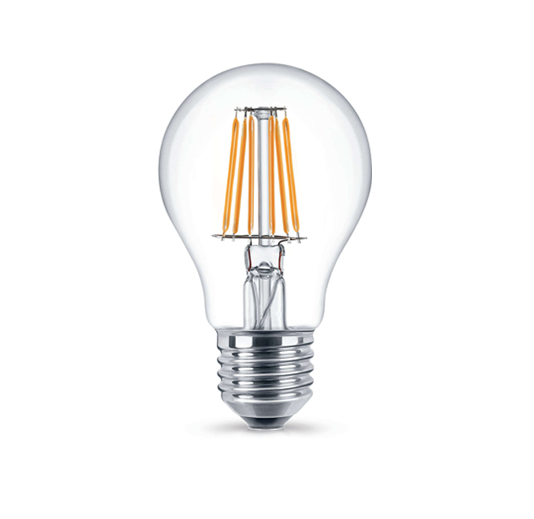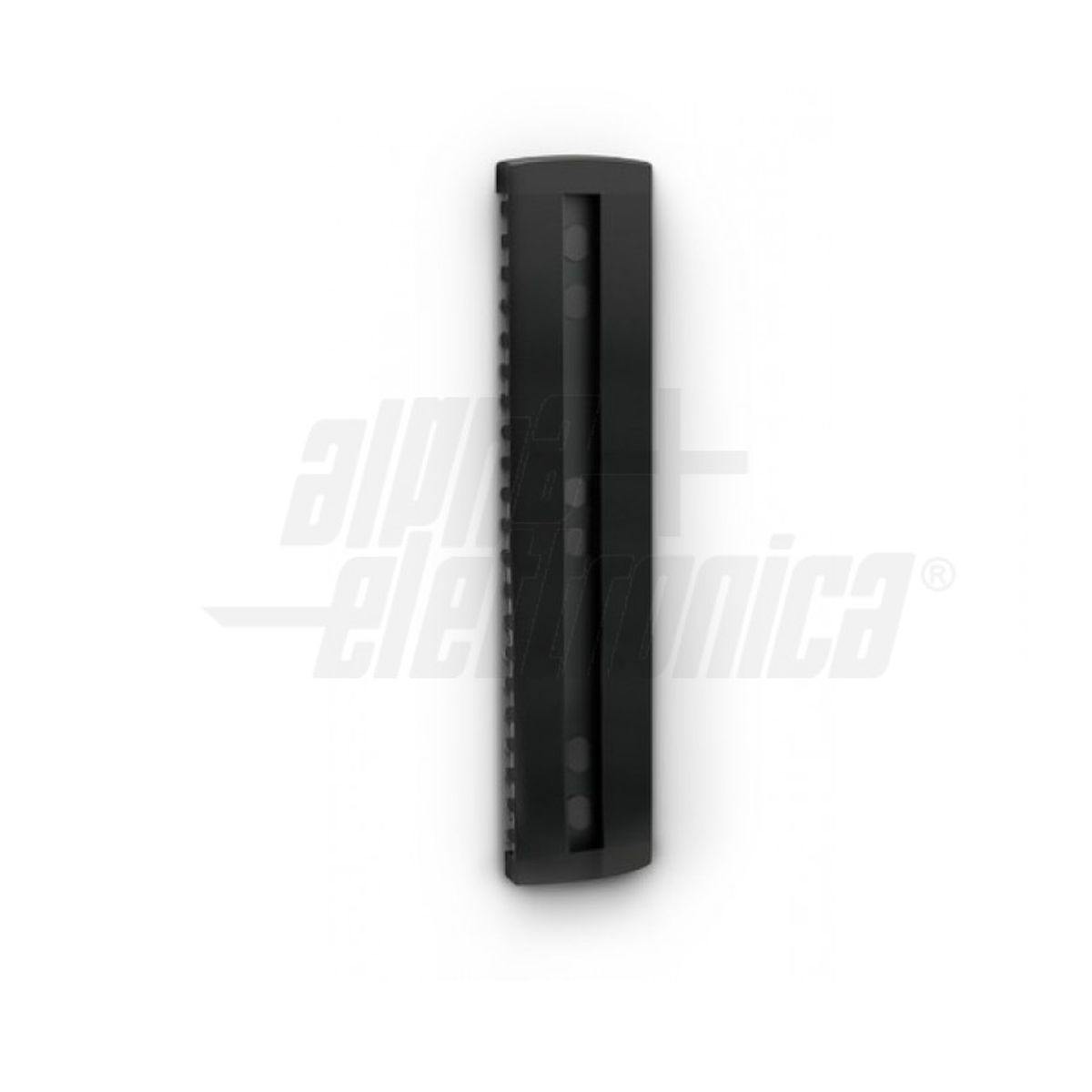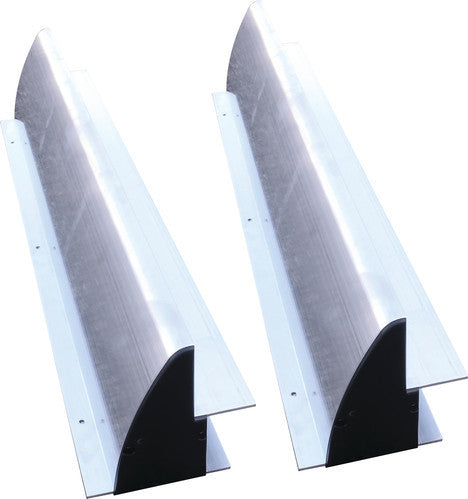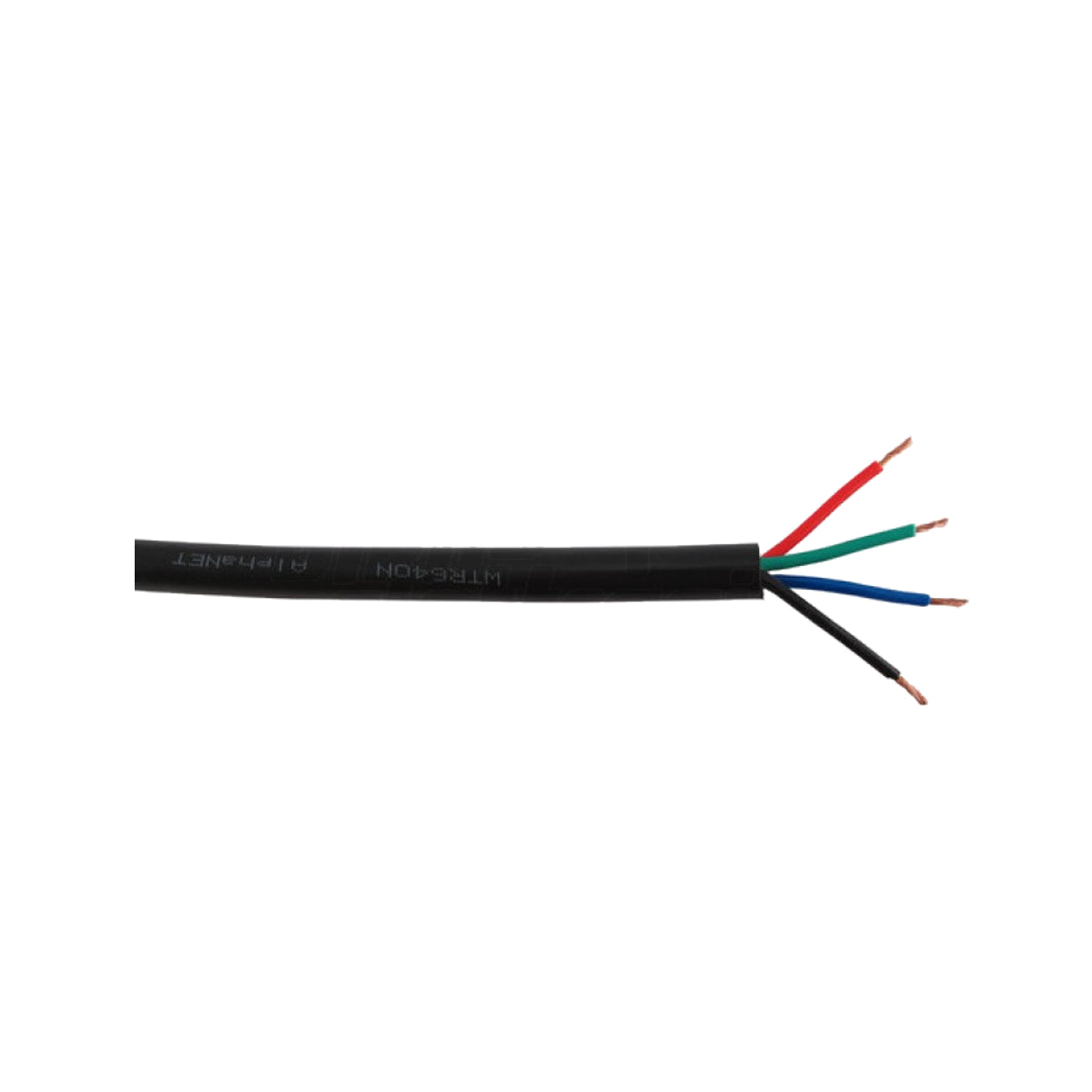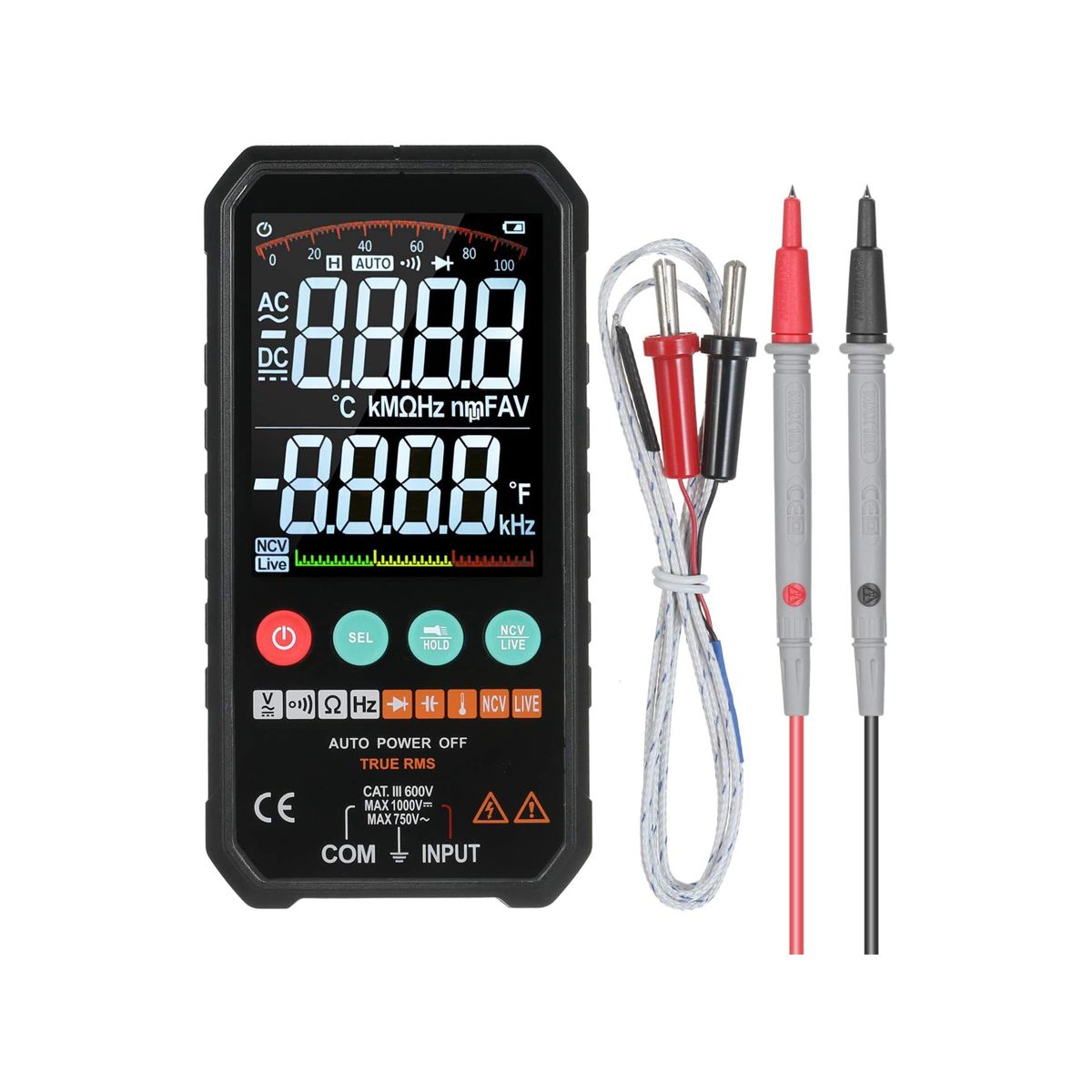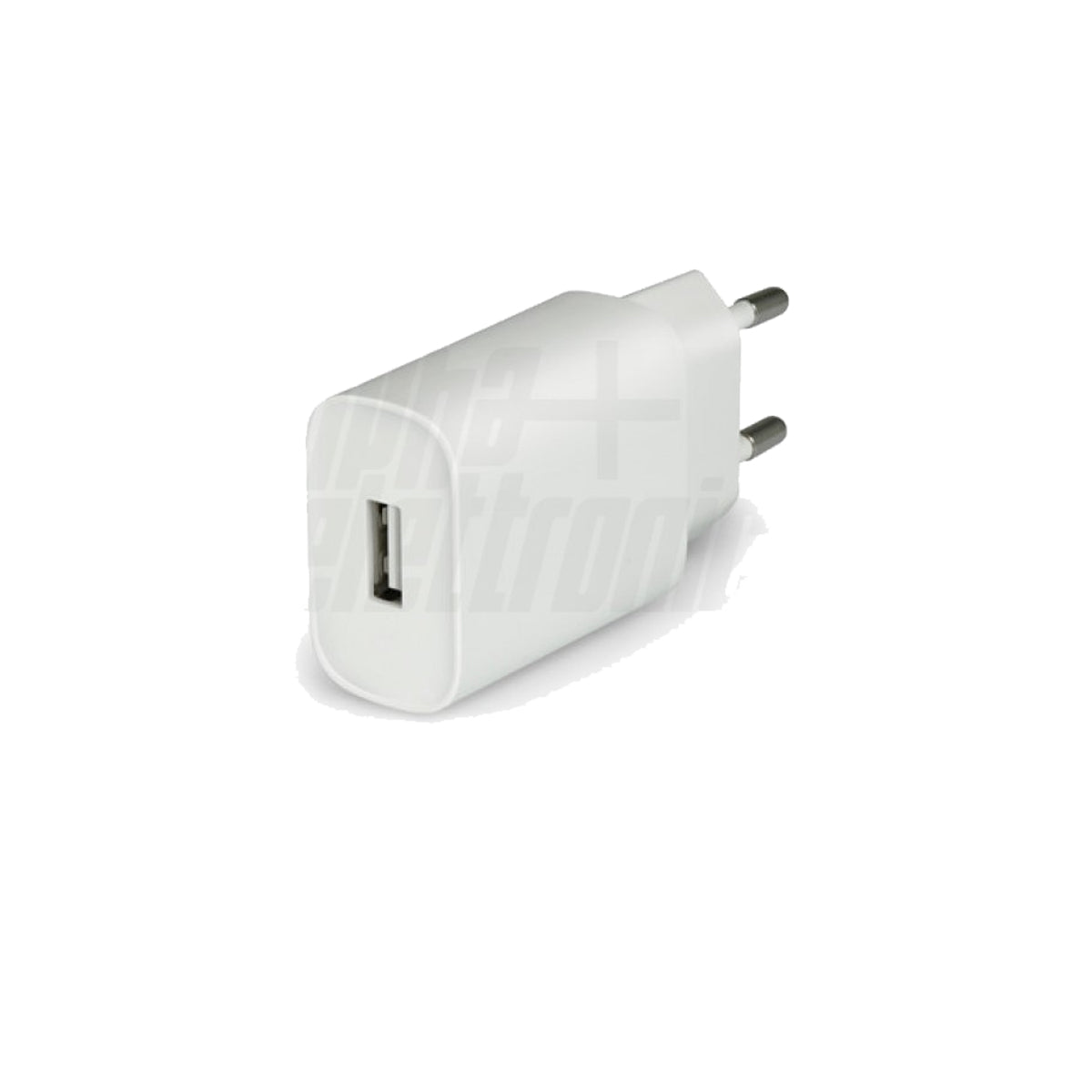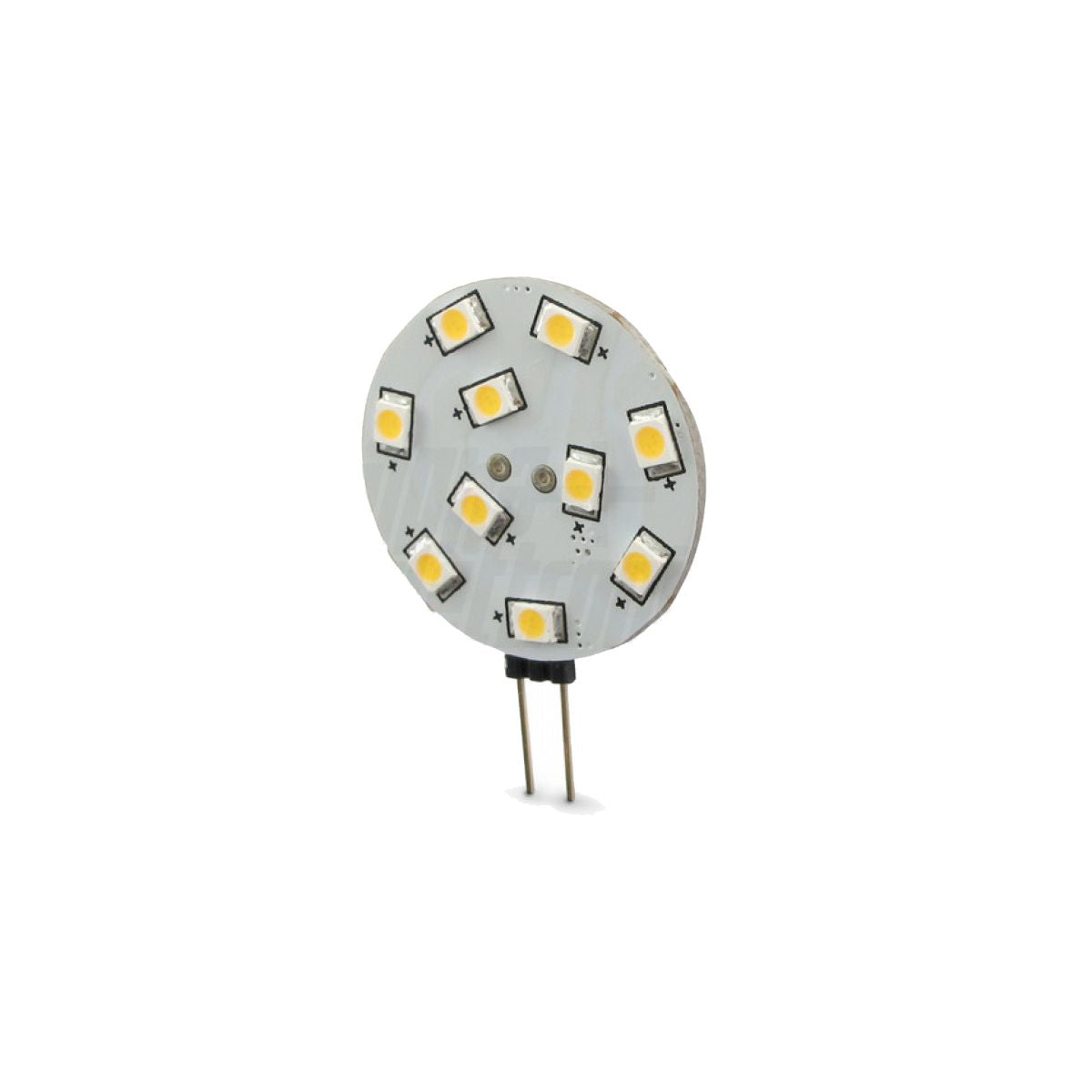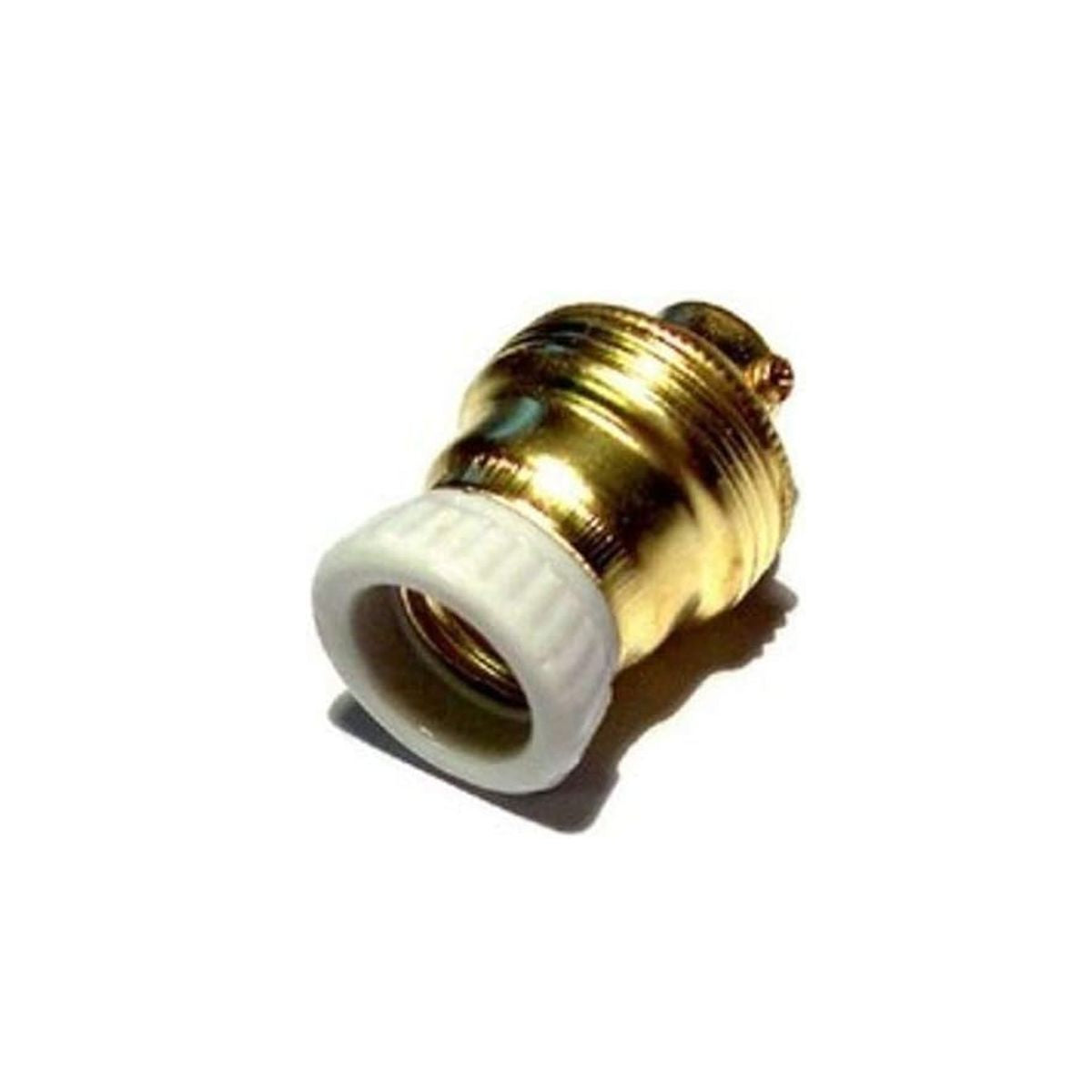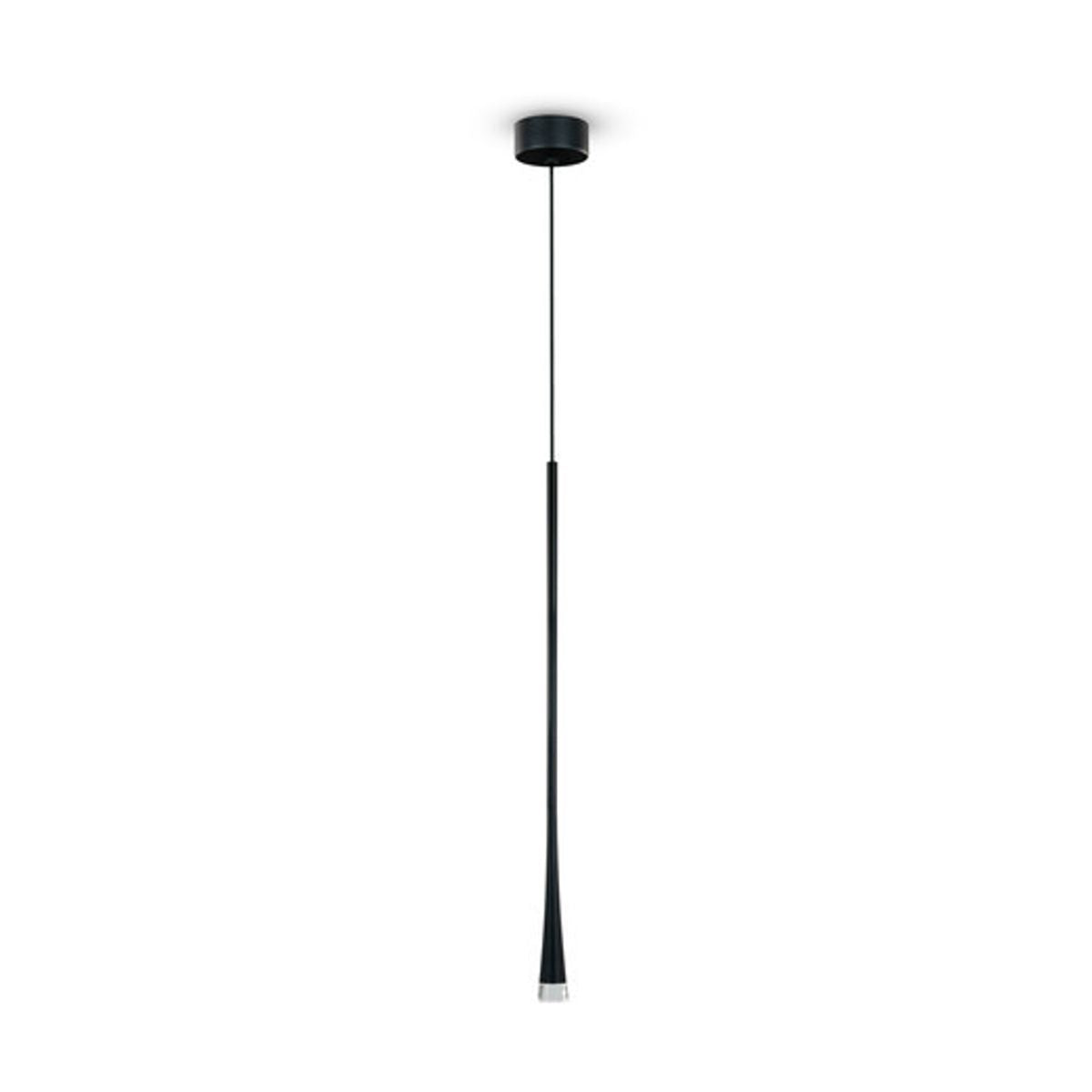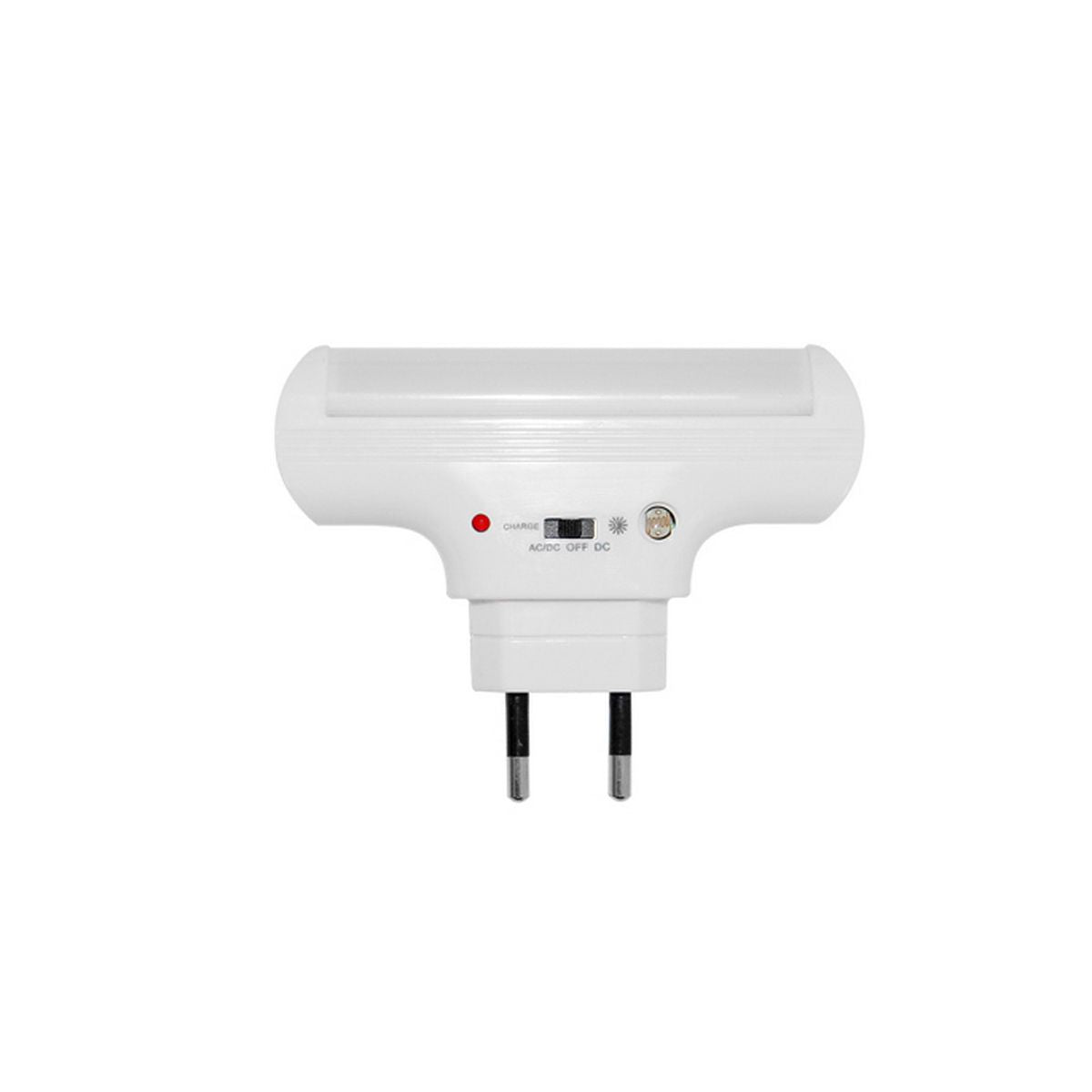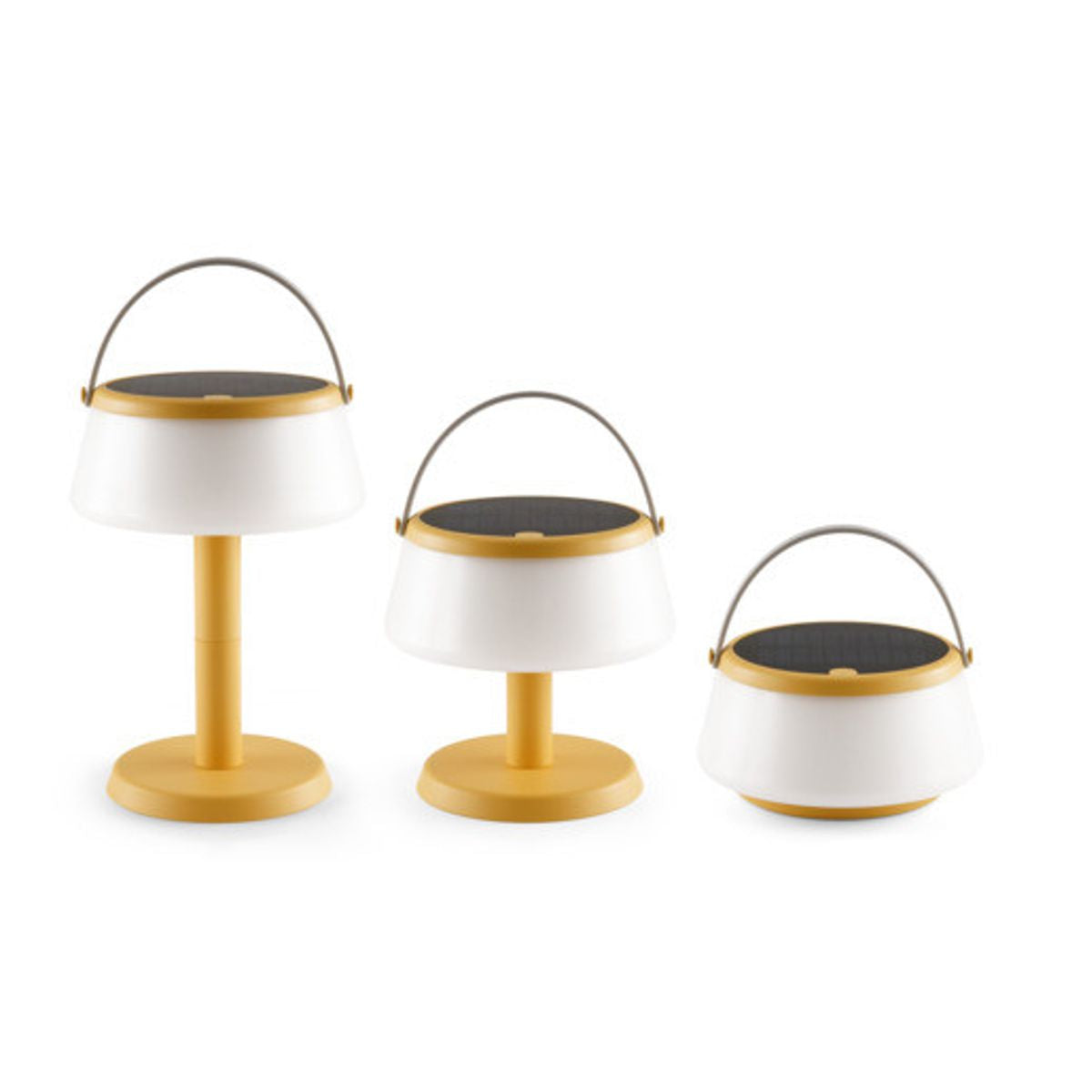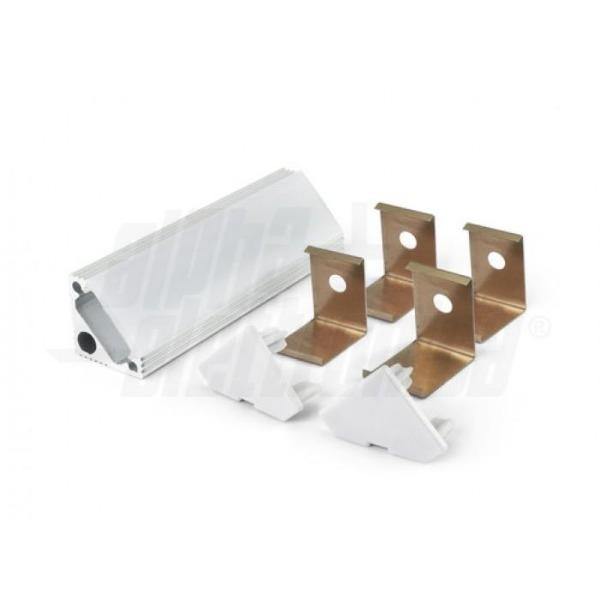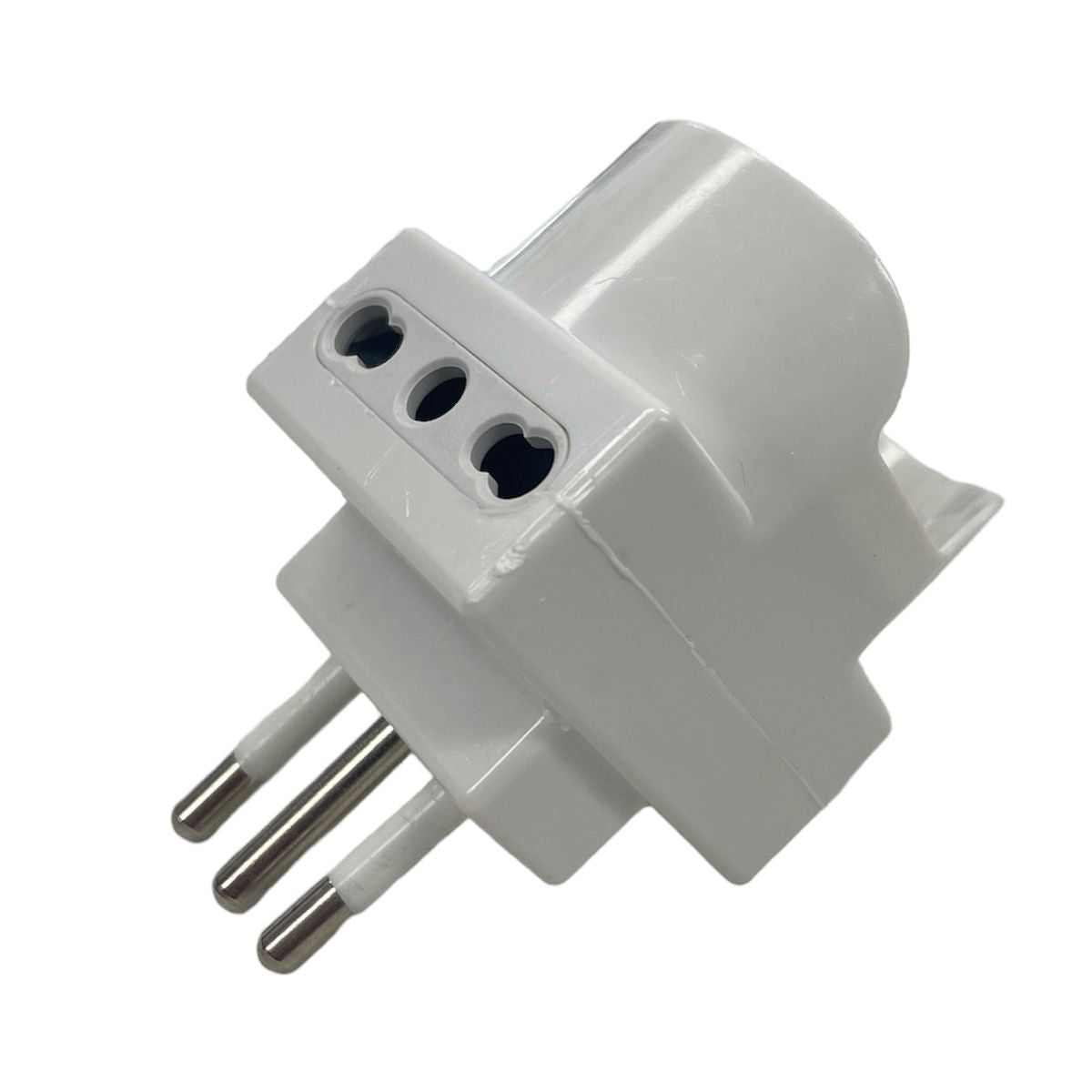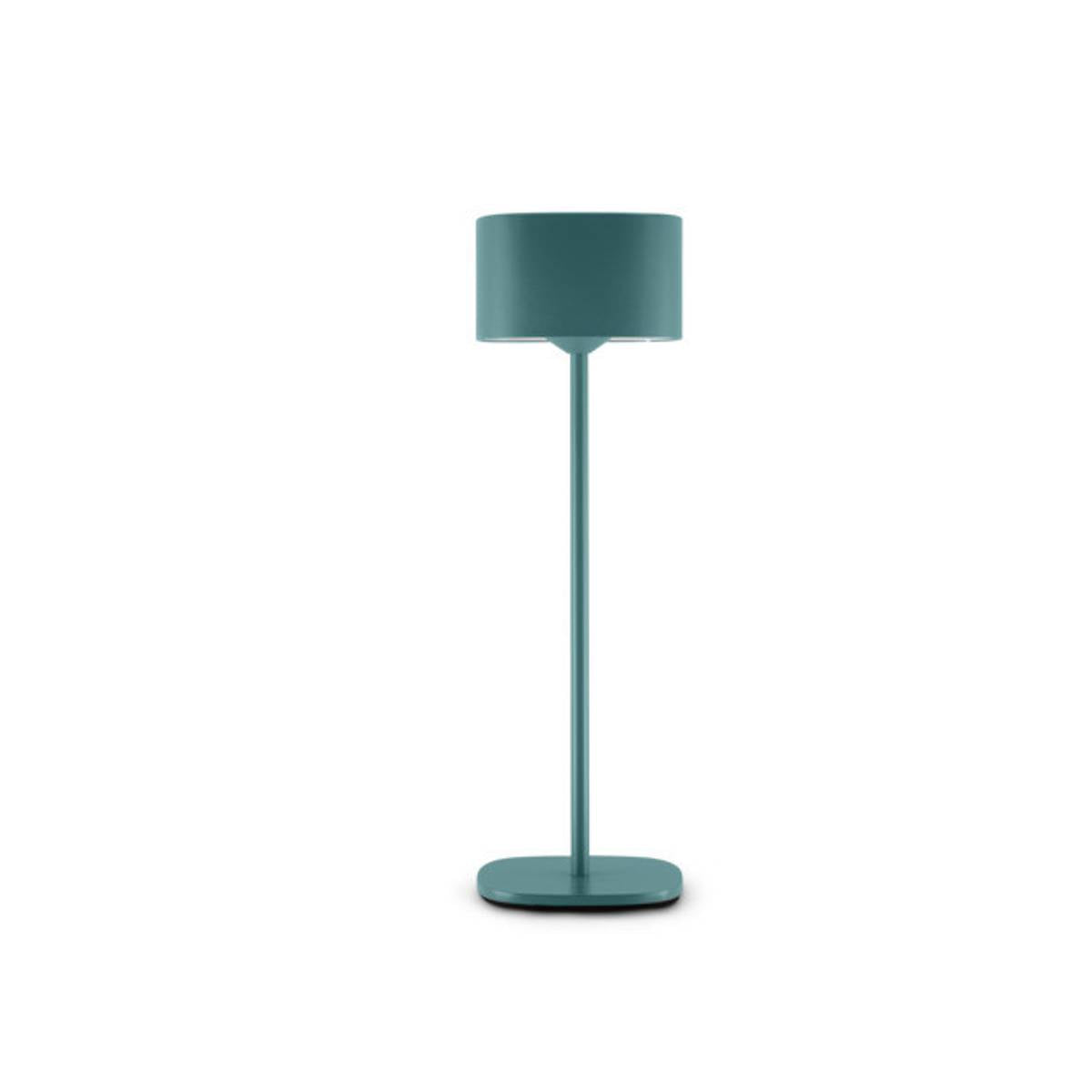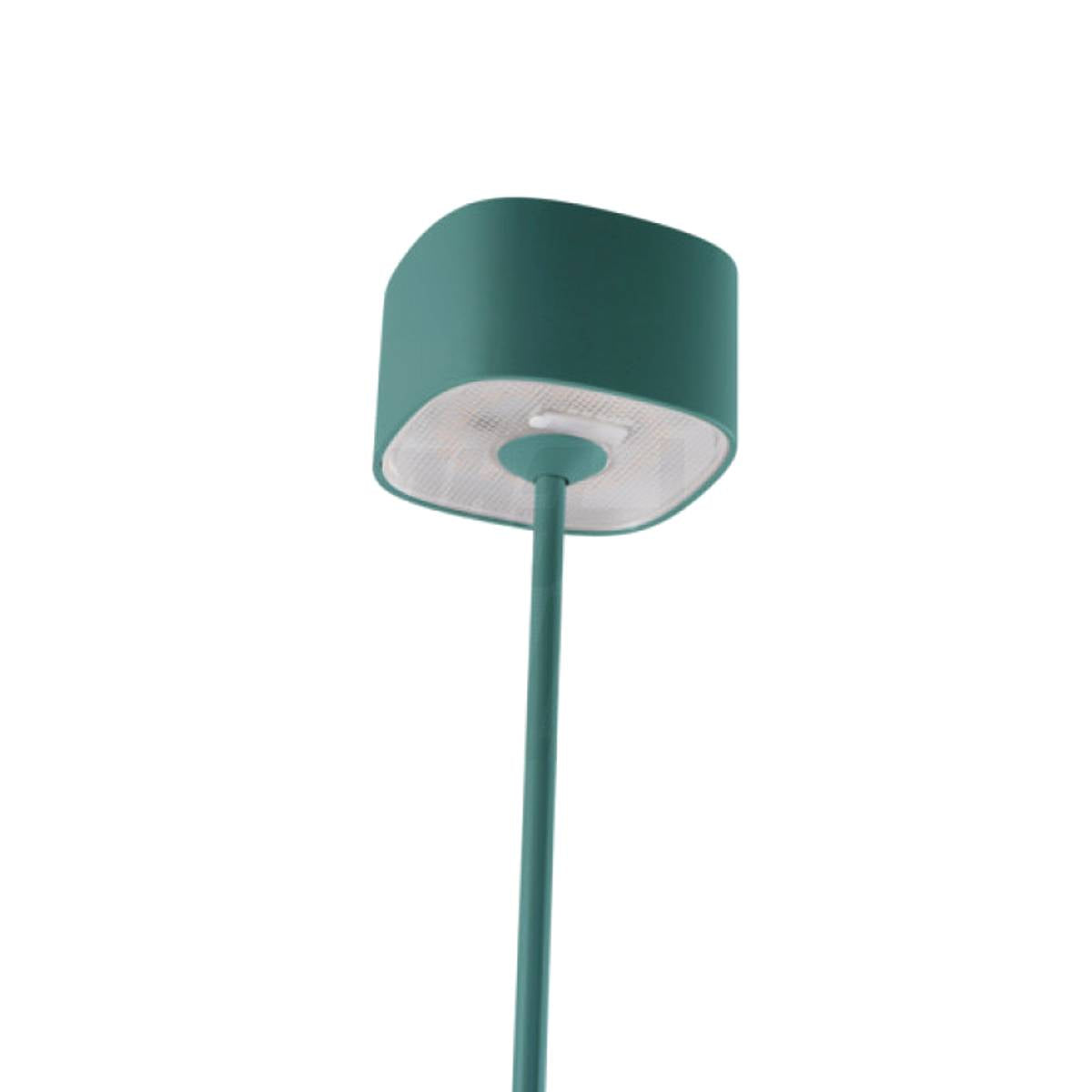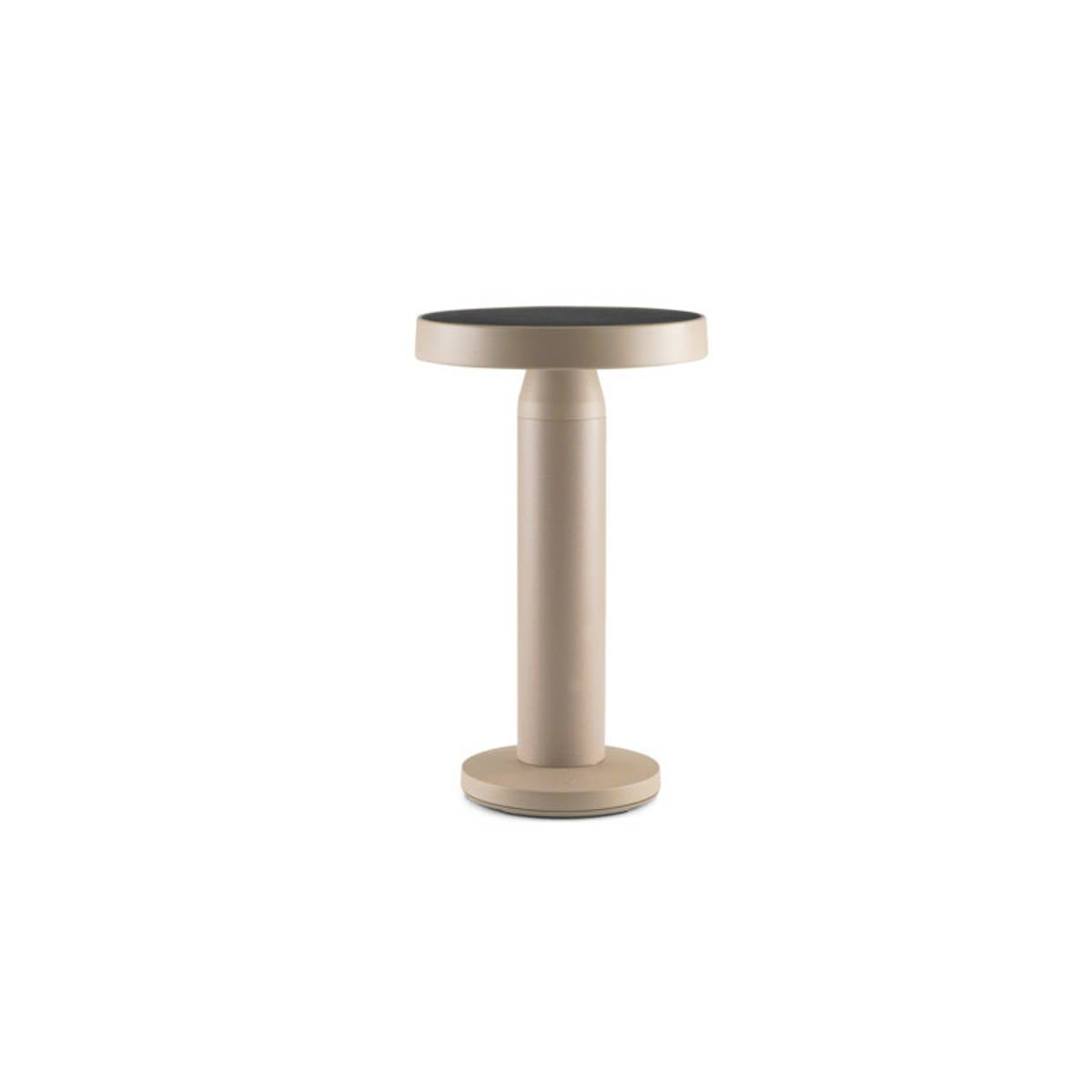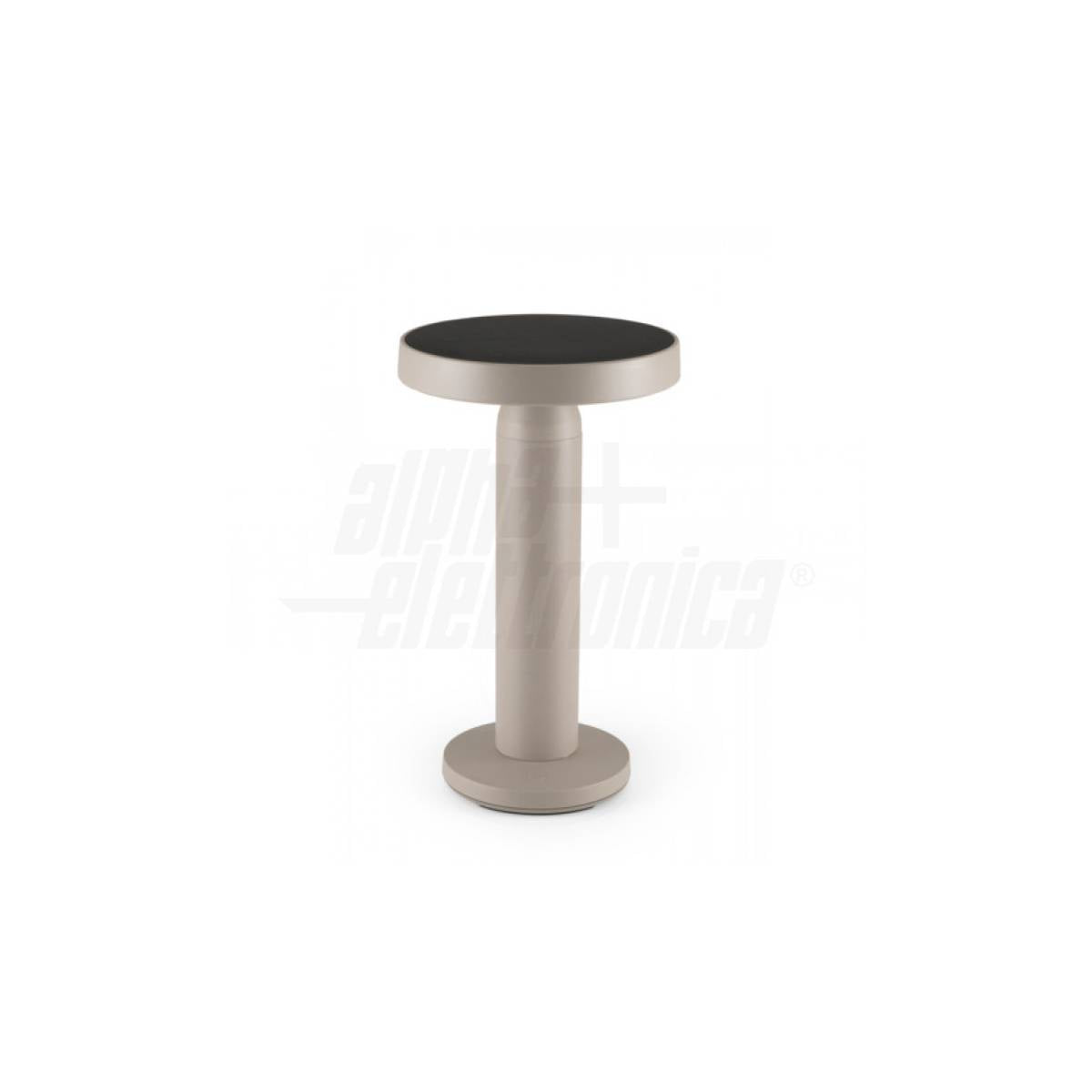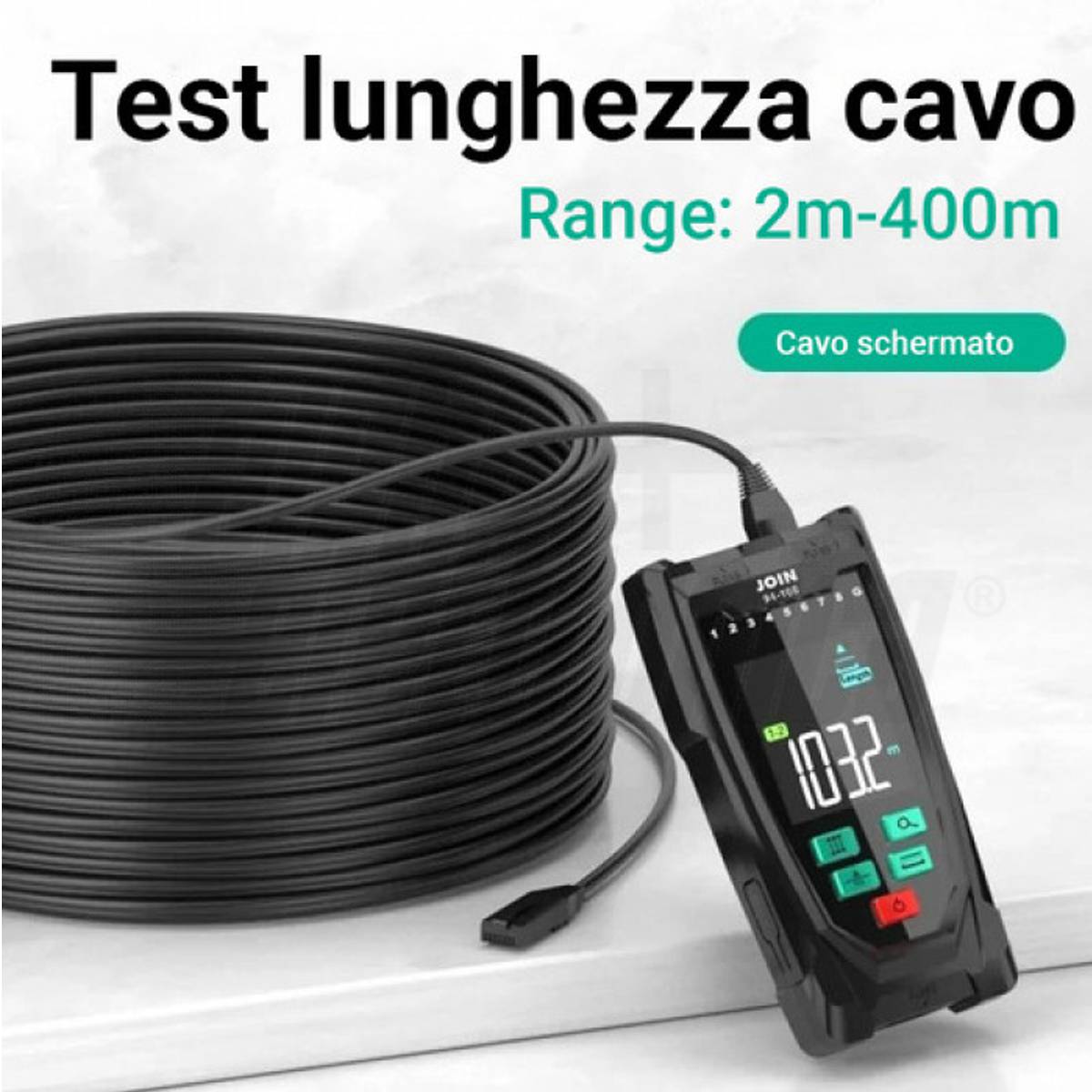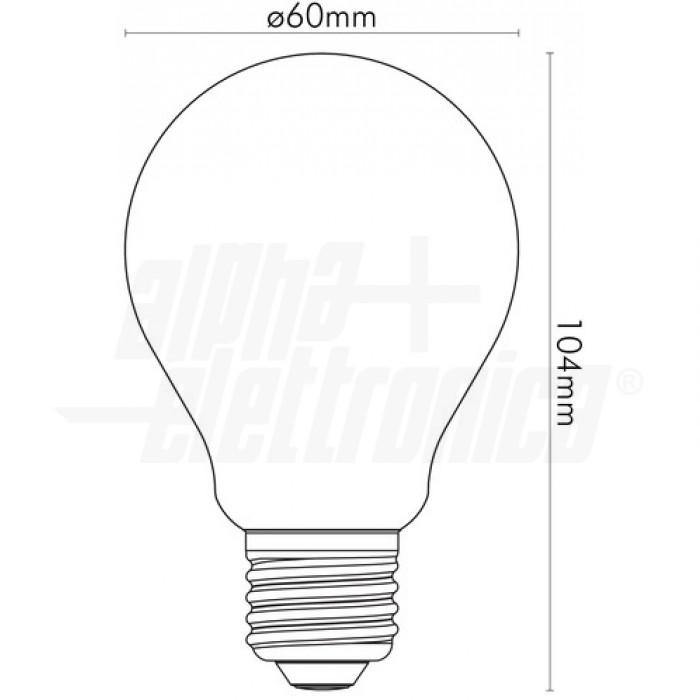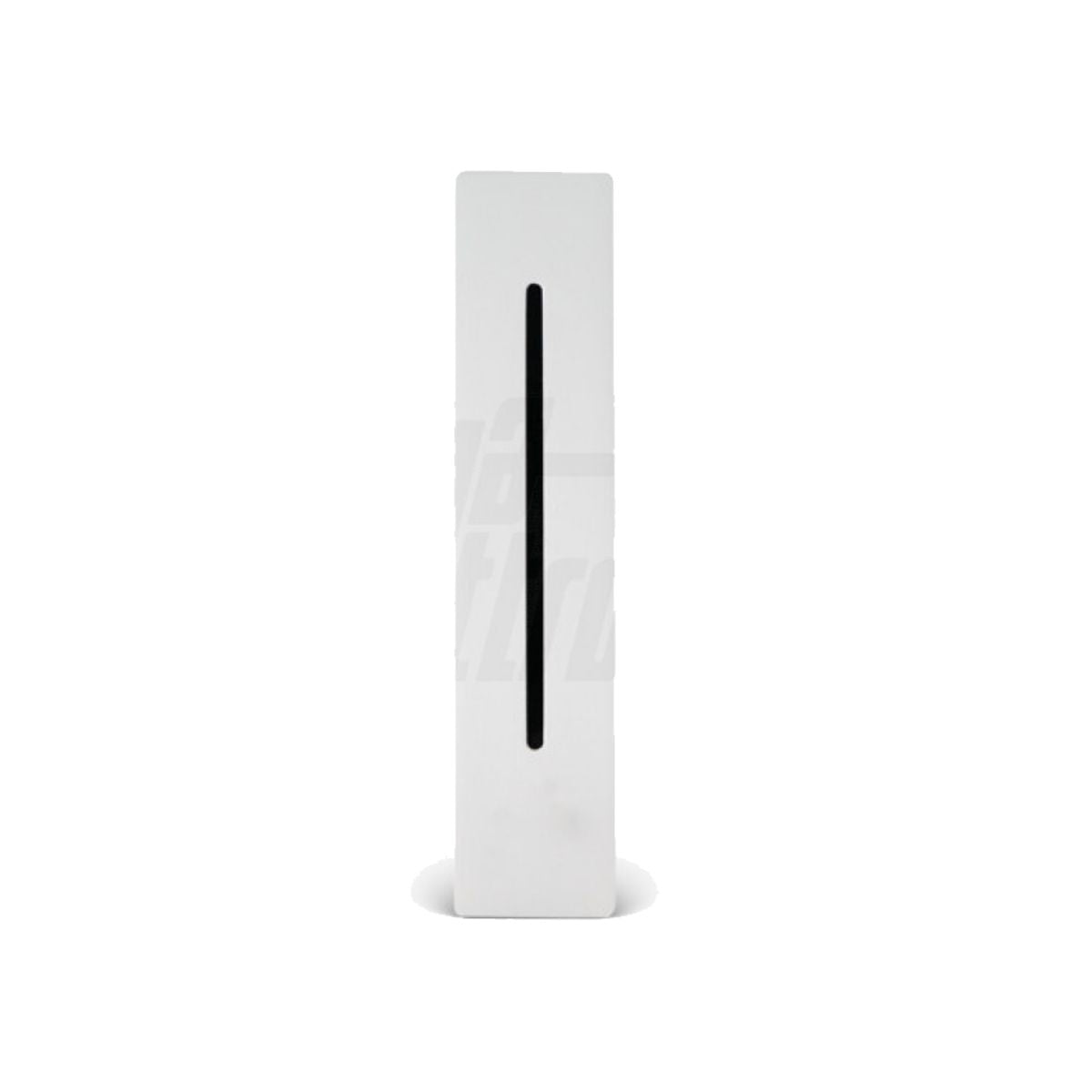Introduction to traditional incandescent light bulbs
Incandescent light bulbs were one of the first forms of electric lighting to enter our homes and workplaces. Invented in the 19th century, they revolutionized the way we illuminate environments, making artificial light accessible to everyone. Despite the advent of new technologies, such as LED bulbs, incandescent bulbs continue to be appreciated for their warm light and nostalgic look.
History of Incandescent Light Bulbs
The history of incandescent light bulbs begins with Thomas Edison , who patented the first carbon filament light bulb in 1879. This innovative device quickly became the symbol of the industrial age and modern lighting. In subsequent years, tungsten filaments replaced carbon filaments, improving the efficiency and lifespan of incandescent light bulbs.

Importance and Historical Use
Incandescent light bulbs played a crucial role in the technological development of the 20th century. Used in homes, offices, factories and public places, they have allowed greater productivity and safety. Even today, many people prefer them for their old floor lamps and for specific applications where warm, natural light is essential.
Construction of Incandescent Light Bulbs
Incandescent light bulbs are made up of several key elements that work together to produce light. Understanding these components will help you better understand how they work and why they continue to be a popular choice for many specific applications.
Main components of the traditional lamp
Incandescent light bulbs consist primarily of a glass bulb , a tungsten filament , a filament holder, and an electrical contact. The glass bulb can be filled with an inert gas, such as argon, to increase the efficiency and life of the filament.
The Tungsten Filament
The tungsten filament is the heart of the incandescent light bulb. When electric current passes through the filament, it heats up until it becomes incandescent, emitting light. Tungsten is chosen for its high melting point, which allows the filament to reach high temperatures without melting.
The Glass Bulb
The glass bulb has the function of protecting the filament from contact with air, which would cause the filament itself to burn. The glass can be clear or opaline, depending on your lighting preferences. Additionally, the bulb may contain an inert gas to improve the performance of the bulb.
Operating mode
Incandescent light bulbs work thanks to a simple but effective physical principle: heating a metal filament until it becomes incandescent. Let's see in more detail how this process happens.
Principle of operation
When electric current passes through the tungsten filament, the electrical energy is converted into thermal energy. The filament heats up to a very high temperature, generally between 2000 and 3000 degrees Celsius. At these temperatures, the filament emits visible light. This phenomenon is known as incandescence.
Electrical Circuit Required
To function properly, an incandescent light bulb requires a simple electrical circuit consisting of a power source, such as an electrical outlet, and a switch to turn the bulb on and off. When the switch is closed, electric current flows through the filament, producing light. The filament holder and electrical contacts inside the bulb ensure that the current passes correctly through the filament.
Advantages and Disadvantages of Incandescent Light Bulbs
Incandescent light bulbs, despite the advent of more recent technologies, continue to be appreciated for some specific characteristics. However, they also have some disadvantages that are important to consider.
Advantages of Incandescent Light Bulbs
- Warm, Natural Light: Incandescent bulbs emit a warm, pleasant light, which is often preferred for home environments and applications requiring cozy lighting.
- Low Initial Cost: They are generally cheaper to purchase than other lighting technologies, such as fluorescent or halogen bulbs.
- Universal Compatibility: They can be used with most dimmers and are compatible with many existing lighting fixtures.
- Instant On: They take no time to heat up and reach maximum brightness instantly.
Disadvantages of Incandescent Light Bulbs
- Low Energy Efficiency: Much of the energy consumed is dissipated as heat, making them less efficient than other lighting technologies.
- Limited Lifespan: Incandescent bulbs have a relatively short useful life, usually between 750 and 2000 hours, depending on use.
- Shock Sensitivity: They are more fragile and sensitive to shock than other bulbs, which can lead to more frequent breakage.
- Environmental Impact: The higher energy consumption compared to other light bulbs leads to a higher environmental impact, especially in terms of CO2 emissions.

Uses of Incandescent Light Bulbs
Incandescent bulbs are still widely used in various applications due to their warm light and ease of use. Here are some of the most common uses.
Uses in Old Floor Lamps
Many people continue to prefer incandescent bulbs over old floor lamps and table lamps. These bulbs provide a warm light that fits perfectly with the retro and classic style of these lamps, creating a welcoming and nostalgic atmosphere in home environments.
Industrial and Signaling Applications
In the industrial sector, incandescent bulbs are used in specific signaling and emergency lighting applications. Their ability to immediately reach maximum brightness makes them ideal for situations where immediate lighting is needed. Additionally, they are often used in industrial equipment where modern bulbs may not be compatible or perform as well.
Incandescent bulbs are also used in applications where brightness regulation is essential, such as in stage lamps in theaters or photography studios. Their compatibility with dimmers makes them a preferred choice in these contexts.
Conclusions
Incandescent light bulbs, despite the advent of more efficient technologies, maintain a special place in both domestic and industrial applications. Their warm, natural light, universal compatibility and low initial cost still make them a viable choice for many people and businesses. Whether illuminating old floor lamps, providing immediate light in industrial applications or creating a welcoming atmosphere in the home, incandescent bulbs continue to play an important role.
For those looking for high-quality incandescent bulbs for specific uses, it is essential to choose products that meet their durability and performance requirements. Relying on experienced and well-informed suppliers guarantees the purchase of light bulbs that will offer the maximum in terms of reliability and satisfaction.
Visit our category of incandescent and halogen bulbs still available. Discover our products running out and take advantage of the latest purchasing opportunities. Explore incandescent and halogen bulbs now
If you would like more information or need assistance with your next lighting project or are looking for old incandescent or halogen lamps, please do not hesitate to contact us. Our team of experts is ready to help you choose the best solution for your needs, guaranteeing high quality results and maximum efficiency.
Visit our website or contact us directly to find out more about our innovative solutions and how we can turn your vision into bright reality.
- By email : Send your questions to info@oniroview.com and you will receive a detailed response to guide you in the best choice.
- By telephone : Call 095 2883005 for immediate support.
- On WhatsApp : Add our number 371 4250284 for a quick and personalized consultation.
- Chatting on our site : Visit the oniroview.com website and use the chat to communicate in real time with our specialists.
- Point of sale : if you are from Catania come and visit us in via Piave 17



